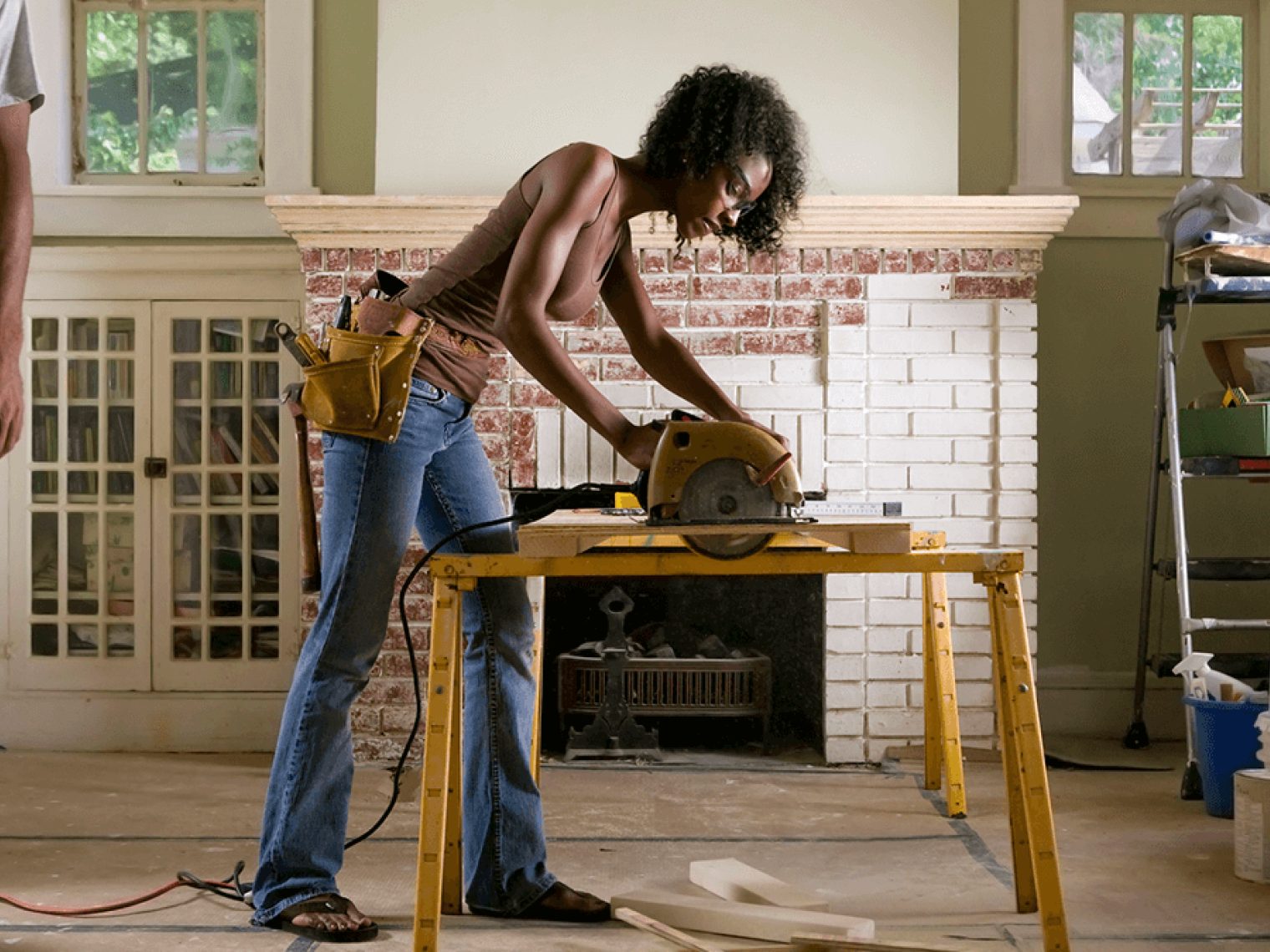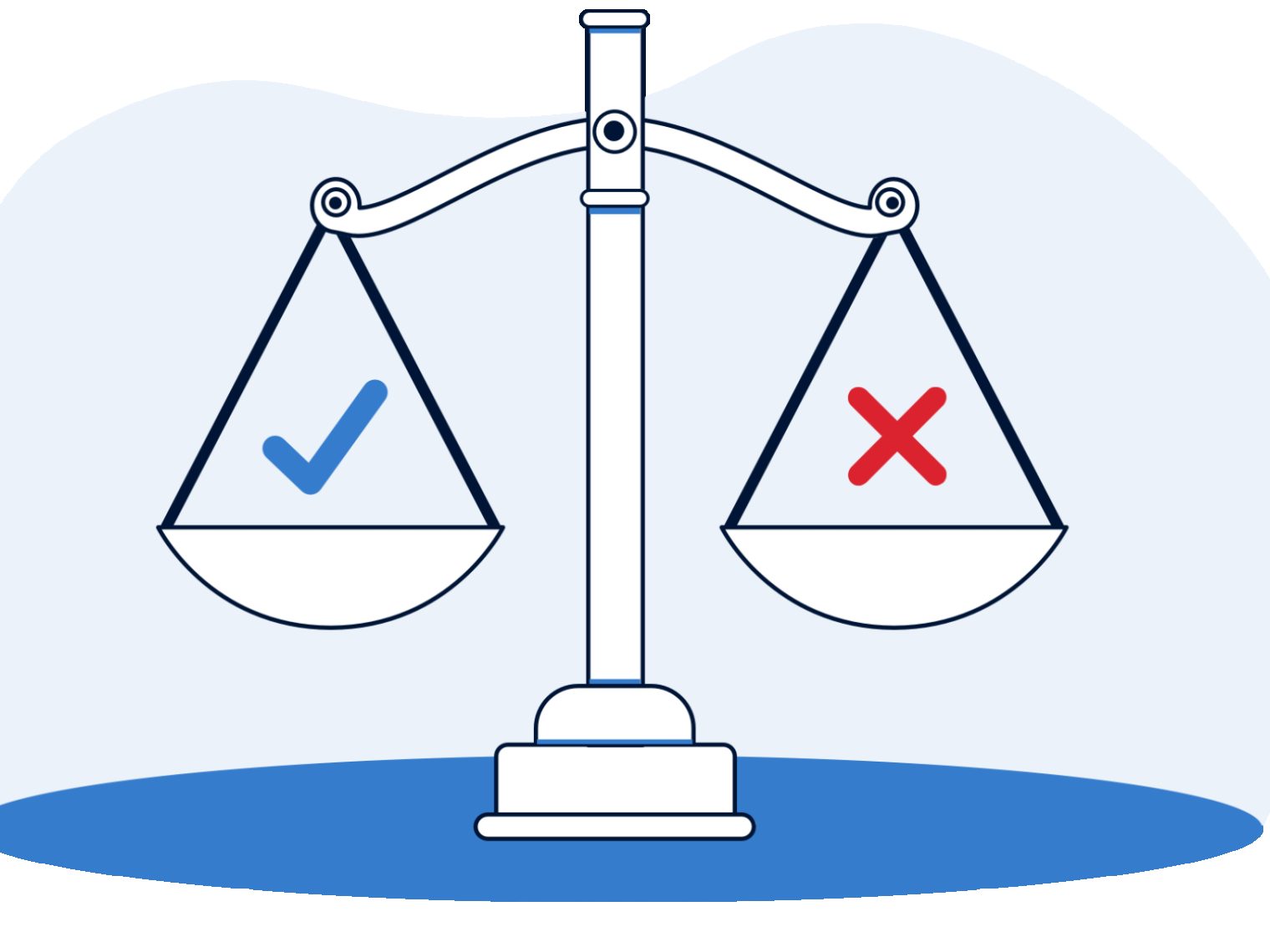Disabled veterans can face unique challenges. Acquiring accessible housing shouldn’t be one of them.
That’s why the Department of Veterans Affairs offers the Specially Adapted Housing (SAH) Grant and the Special Housing Adaptation (SHA) Grant to help disabled veterans offset the cost of specially adapted housing.
To be eligible for this grant, the VA requires a veteran to be entitled to or currently receiving compensation for a permanent and total service-connected disability, as defined by the Department of Veterans Affairs.
Retrofit for Free
Veterans who suffer from lack of motion, blindness, loss of limbs or other disabilities that require home modifications may be eligible for one or both grants. Those who are eligible can use the SAH grant to construct or remodel a specially-adapted home that creates a barrier-free environment for the veteran. Maximum amounts for the grants are set by law but are subject to change on a yearly basis.
Today, the SAH grant has a maximum dollar amount of $70,465. Veterans can use this grant up to three times, with the total from all three uses not to exceed the current cap.
SHA grants are used to adapt an existing home the veteran currently lives in, or plans to purchase. SHA grants have a maximum dollar amount of $14,093 and can be used up to three times as well. No individual may use either grant benefit more than three times up to the maximum amount.
Since every circumstance is different, each veteran needs to have his or her case individually reviewed. But the VA does have a page dedicated solely to these two grants that explains who is considered “basically eligible” for the SHA and SAH grants.
Documentation Required
Veterans who meet the conditions on the list aren’t automatically eligible. A veteran must have VA documentation and definition of the condition, even though the following medical conditions are qualified as determined by the VA:
- Blindness in both eyes (having only light perception) plus loss or loss of use of one lower extremity
- Permanent and total disability due to a severe burn injury, as determined by the VA.
- Loss (or loss of use) of:
- Both lower extremities. According to VA requirements, these injuries must “preclude locomotion without the aid of braces, crutches, canes or a wheelchair”
- One lower extremity, in combination with residuals of organic disease or injury, or the loss (or loss of use) of one upper extremity. These injuries must also require a veteran use braces, crutches, canes or a wheelchair for locomotion
- Both upper extremities, so as to prevent use of the arms at or above the elbows
The official disability rating is used to make the determination of eligibility. But that rating is subject to review and is not considered permanent once the determination is made.
This means the veteran has the possibility of appealing a decision to decline the grant, although the VA would likely require a new review.
You can talk to a Veterans United VA Loan Expert about SAH grants and your home loan at 855-870-8845.
Related Posts
-
 VA Renovation Loans for Home ImprovementVA rehab and renovation loans are the VA's answer to an aging housing market in the United States. Here we dive into this unique loan type and the potential downsides accompanying them.
VA Renovation Loans for Home ImprovementVA rehab and renovation loans are the VA's answer to an aging housing market in the United States. Here we dive into this unique loan type and the potential downsides accompanying them. -
 Pros and Cons of VA LoansAs with any mortgage option, VA loans have pros and cons that you should be aware of before making a final decision. So let's take a closer look.
Pros and Cons of VA LoansAs with any mortgage option, VA loans have pros and cons that you should be aware of before making a final decision. So let's take a closer look.


